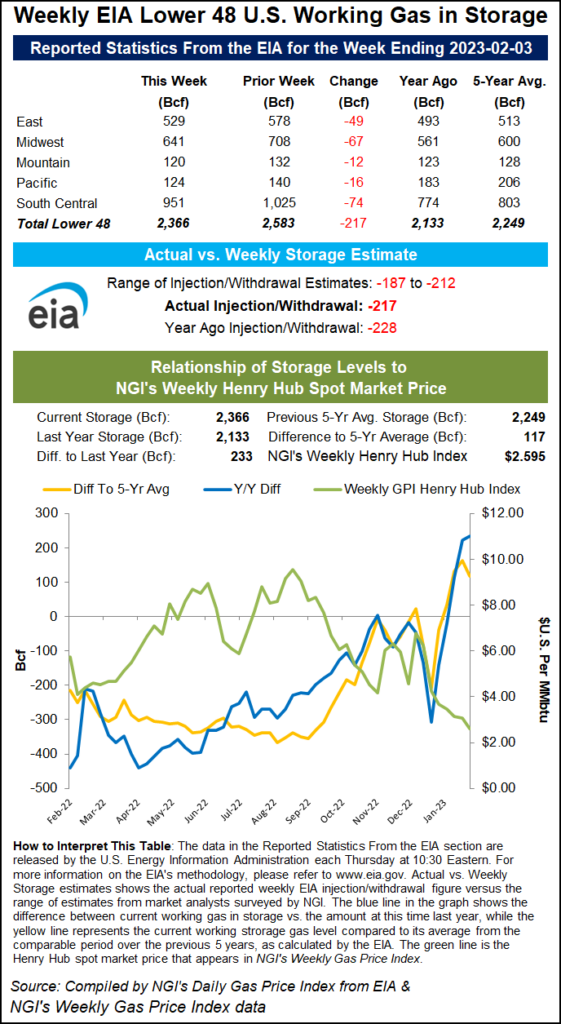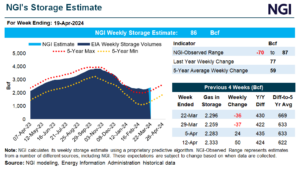Markets | Natural Gas Prices | NGI All News Access | Shale Daily
Natural Gas Weekly Cash Prices Plummet in Wake of Winter Storm, but Futures Look for Bottom
© 2024 Natural Gas Intelligence. All rights reserved.
ISSN © 2577-9877 | ISSN © 1532-1258 | ISSN © 2158-8023 |



